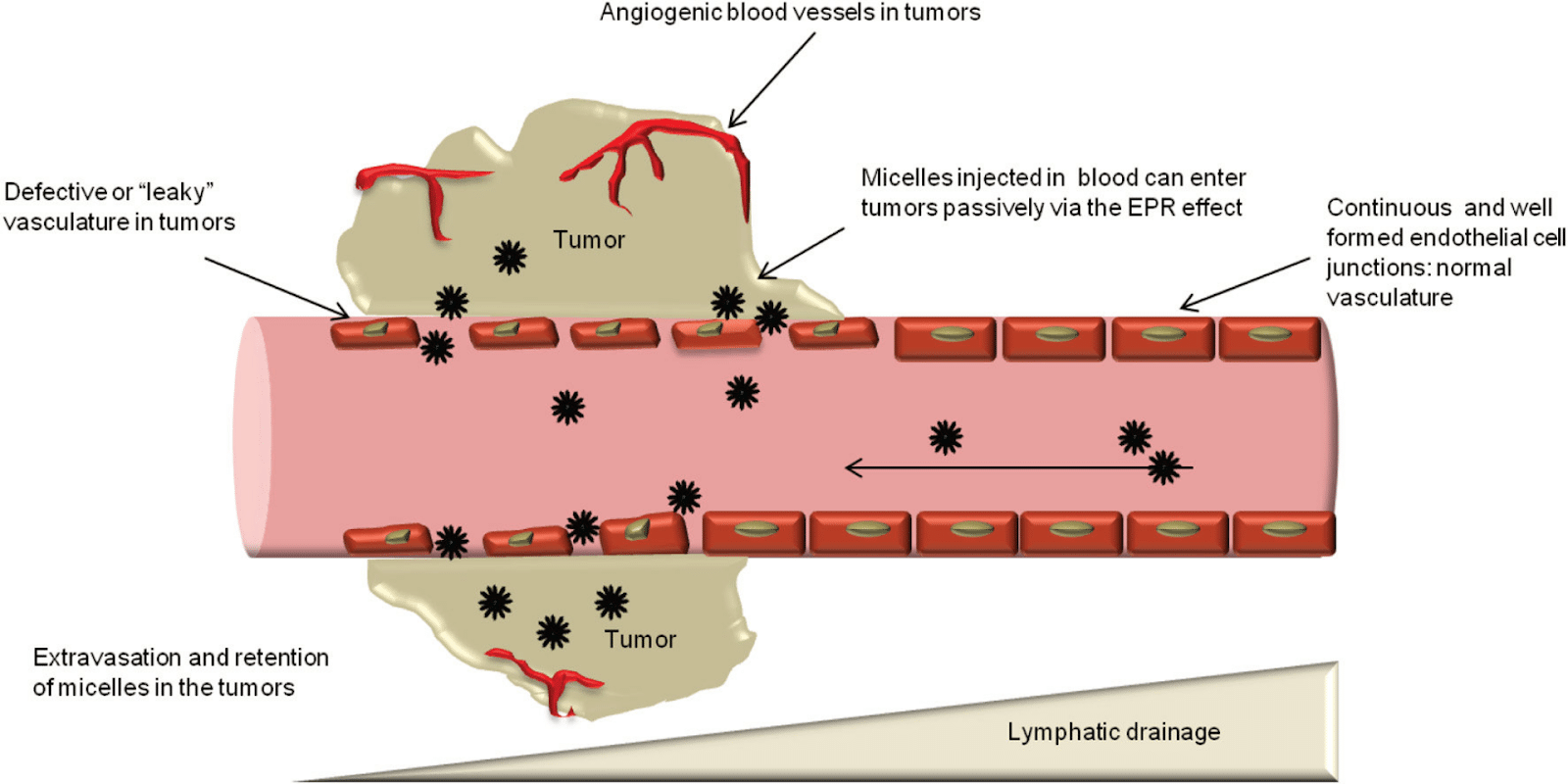Common treatments for cancer, such as chemotherapy and Radiotherapy, have many advantages, but they are known for harsh side effects that have severe implications for patients’ quality of life. The main challenge is treating cancerous cells with minimal damage to healthy tissues and other functions.
Enter Magnetic nanoparticles – A groundbreaking technology in development with the potential to improve treatment outcomes and reduce known side effects for cancer patients. Researcher Dolev Vaknin covers the essentials of this promising new technology
Behind the technology
Currently, nanoparticle technology is being used as a drug delivery method to target cancer tumors and metastasis. Thanks to their unique properties and chemical structure, they could also be used for different purposes, such as magnetic hyperthermia.
Magnetic hyperthermia is a technology based on the use of magnetic nanoparticles inducing local heat when a radiofrequency (RF) magnetic field is applied, thereby providing an effective approach to destroying cancer cells by heating them.
Hold on, would it harm healthy tissue? Cancer tumors and metastasis have unique characteristics that allow for targeted treatment of cancer cells without harming healthy tissue. For instance, cancer cells have a higher ability to create new blood vessels compared to healthy tissue, a phenomenon known as angiogenesis. Another unique phenomenon that occurs in cancer tumors is the enhanced permeability and retention effect (EPR effect), allowing for large molecules such as nanoparticles to accumulate only in the cancerous tissue due to its hyper-vascularization.
The figure below demonstrates the EPR effect: on the right side we see healthy tissue and blood vessels, while on the left side, we see a tumor with leaky blood vessels, allowing nanoparticles to leave the blood vessel and enter the tumor.

So how does it work? Once the nanoparticles targeted the cancer cells, they reached their destination, and we can initiate treatment. Using radio frequency, the nanoparticles can be heated to a temperature between 40–43°C, effectively destroying cancer cells with little or no harm to healthy tissue.
As we explored at the beginning of the article, nanoparticles can be used in different applications such as drug delivery and imaging. However, the technology of magnetic hypothermia based on nanoparticles is still in the process of establishing its position. Several companies are developing nanotechnology-based cancer treatments, including MagForce in Germany, which is working on a therapy called NanoTherm, which is approved by the EMA (European Medicines Agency) to treat GBM cancer. Additionally, MagForce has received FDA approval to perform clinical trials for prostate cancer treatment using NanoTherm. Currently, the company is recruiting participants for a clinical trial to test the efficacy of their technology for treating prostate cancer. Upon completion of the trials and receiving regulatory approval, it is expected that the technology will be applied to various other types of solid tumors.
In conclusion, nanoparticles represent an emerging targeted cancer therapy that might revolutionize solid-tumor and metastasis treatment as we know it, it holds the potential to improve clinical outcomes and avoid side-effect of traditional therapy. The technology currently undergoes clinical trials for solid tumor therapy, we are eagerly anticipating its progress in the years to come.


